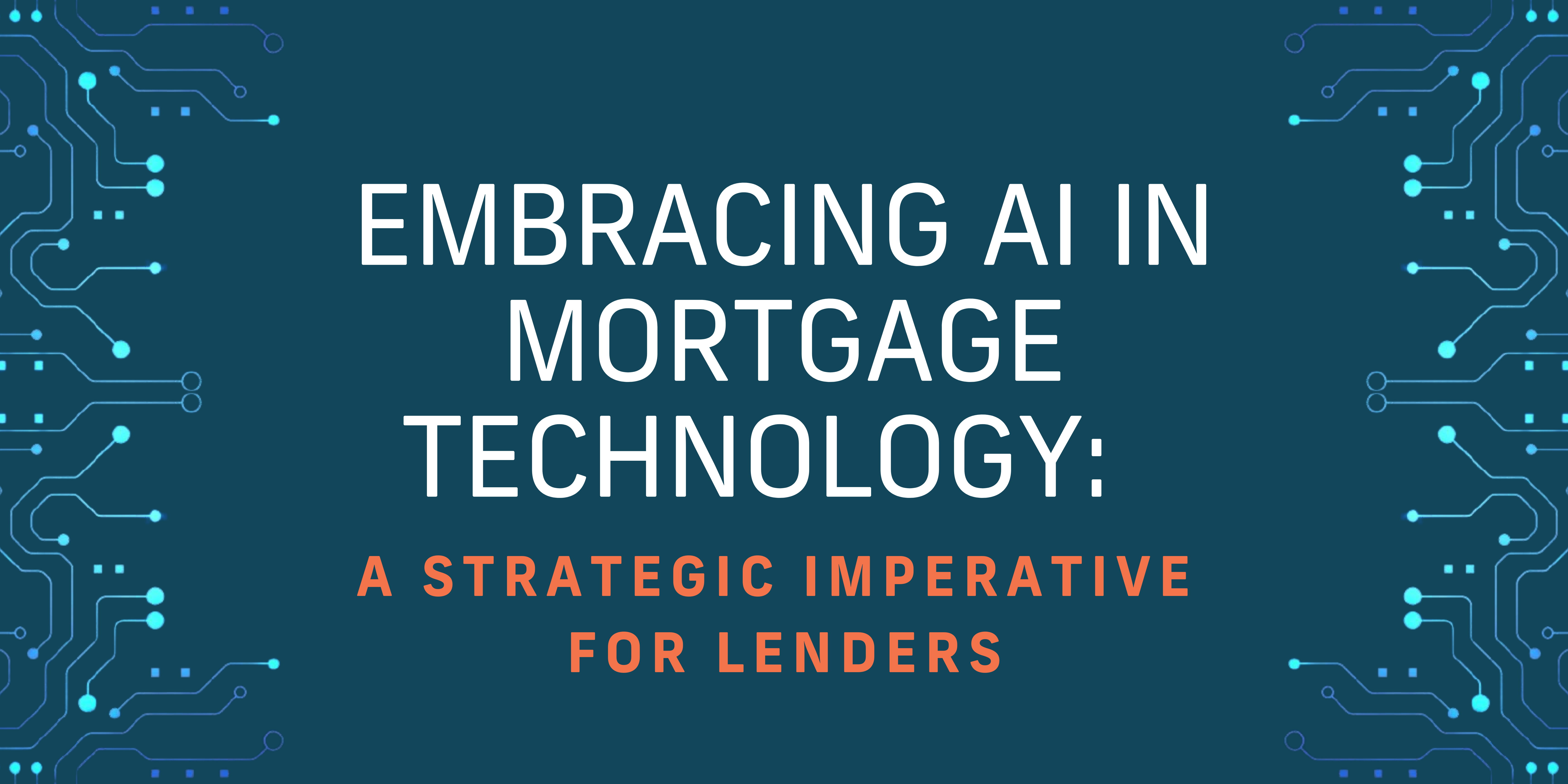Embracing AI in Mortgage Technology: A Strategic Imperative for Lenders
The mortgage industry is at a pivotal juncture, where embracing technology, especially artificial intelligence (AI), is not just an option but a strategic imperative. During a recent episode of Mortgage Tech Talks , Krish Dhokia, CMO of Kind Lending, alongside Steven Cooley from Mortgage Advisor Tools, shed light on how AI is reshaping mortgage technology, offering both challenges and immense opportunities for lenders.
Harnessing AI for Competitive Advantage
In our digital-first world, Krish’s insights from Kind Lending—a company that has adeptly incorporated AI in 50% of its marketing projects—reveal a path forward for mortgage lenders. AI in the mortgage sector is no longer about basic automation but about enhancing creativity, efficiency, and strategic decision-making. For instance, the inception of Kind Lending’s digital assistant, “Quickie,” which streamlined operations from a project stuck in limbo for years to completion in just a week, underscores AI’s transformative potential.
The Impact of AI on Creativity and Operational Efficiency
AI’s role in driving creativity and operational efficiency is another key area of focus. Take the example of Kind Lending’s dog mascot project, brought to life through AI in record time. What traditionally might have involved lengthy developmental phases was achieved in days, illustrating AI’s capacity to cut through creative bottlenecks and accelerate project timelines. Such capabilities allow mortgage lenders to not only save on costs but also innovate at a pace that meets modern consumers’ expectations.
Strategic AI Adoption: Enhancing Not Replacing
However, the adoption of AI must be strategic and thoughtful. The industry sees a gap, as highlighted by a McKinsey study, between AI usage and the realization of its full potential. While AI is ubiquitous in some operations, only a small fraction harness multiple AI-driven use cases effectively. This gap can be narrowed by focusing AI implementation on enhancing customer experiences and empowering sales teams without undermining the essential human element.
Balancing Technology with Human Interaction
In mortgage lending, a relationship-driven industry, the human touch remains irreplaceable. AI should simplify processes and augment human efforts, not aim to replace personal interactions. Lenders must offer both AI-enhanced and traditional pathways to cater to varying levels of consumer tech adoption. This balance is crucial in maintaining trust and accessibility while leveraging AI’s efficiencies.
Preparing for the Future: AI and the Next Generation
Looking ahead, the future of AI in mortgage technology appears robust, driven by the expectations of newer generations like Gen Z, who demand seamless integration of technology in all facets of life. Lenders need to stay proactive, ensuring their AI integrations solve real problems and enhance user experiences rather than merely adding complexity.
A Vision for Future Technology: Maintaining Organizational Culture Through AI
Krish’s visionary idea of a “culture-keeping” AI encapsulates the next frontier for technology in the mortgage sector. Such a system would preserve organizational culture and maintain customer-centricity, aligning technological advancements with authentic human service. This dual focus on innovation and traditional values is critical as companies navigate the evolving landscape.
Final Takeaways: AI as a Transformational Tool, Not a Panacea
The discussion underscores a universal truth: AI, when strategically implemented, has the potential to transform mortgage lending profoundly. However, its integration requires careful consideration, ensuring it supports and enhances human efforts rather than replacing them. As lenders in the mortgage industry, there’s an imperative to adopt these technologies not just to stay competitive but to redefine service excellence in a tech-driven market.
In this experience-driven market, mortgage tech lenders must see AI as a critical element in their strategic toolkit, optimizing it to enhance both customer satisfaction and operational efficiency. How lenders respond to this technology-driven shift will define their success and sustainability in the coming years.




